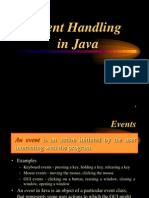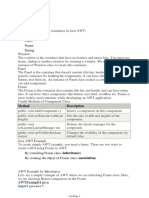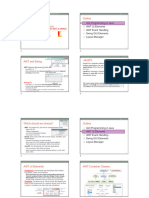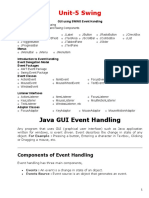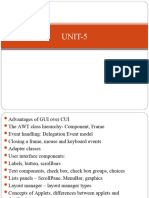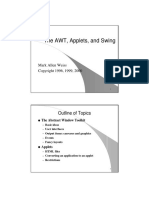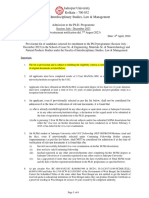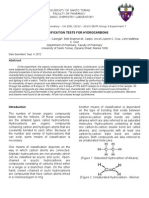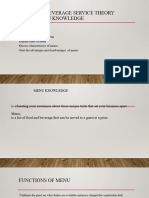0% found this document useful (0 votes)
101 views15 pagesAWT GUI and Event Handling Guide
The document discusses the Abstract Window Toolkit (AWT) in Java, which provides platform-independent APIs for creating graphical user interfaces. It describes AWT's class hierarchy with common Component classes and container classes. It also covers AWT's use of the Model-View-Controller pattern to separate an application's data, user interface logic, and views. Finally, it discusses AWT's event-driven model based on components firing events that registered listeners can respond to.
Uploaded by
Discretdesign DiscretCopyright
© © All Rights Reserved
We take content rights seriously. If you suspect this is your content, claim it here.
Available Formats
Download as PDF, TXT or read online on Scribd
0% found this document useful (0 votes)
101 views15 pagesAWT GUI and Event Handling Guide
The document discusses the Abstract Window Toolkit (AWT) in Java, which provides platform-independent APIs for creating graphical user interfaces. It describes AWT's class hierarchy with common Component classes and container classes. It also covers AWT's use of the Model-View-Controller pattern to separate an application's data, user interface logic, and views. Finally, it discusses AWT's event-driven model based on components firing events that registered listeners can respond to.
Uploaded by
Discretdesign DiscretCopyright
© © All Rights Reserved
We take content rights seriously. If you suspect this is your content, claim it here.
Available Formats
Download as PDF, TXT or read online on Scribd
/ 15









